
All iLive content is medically reviewed or fact checked to ensure as much factual accuracy as possible.
We have strict sourcing guidelines and only link to reputable media sites, academic research institutions and, whenever possible, medically peer reviewed studies. Note that the numbers in parentheses ([1], [2], etc.) are clickable links to these studies.
If you feel that any of our content is inaccurate, out-of-date, or otherwise questionable, please select it and press Ctrl + Enter.
Male genitalia
Medical expert of the article
Last reviewed: 04.07.2025

The male reproductive organs include the testicles with their appendages, the vas deferens and ejaculatory ducts, the seminal vesicles, the prostate and bulbourethral glands, the scrotum and the penis.
 [ 1 ]
[ 1 ]
Internal male genitalia
Testicle
Testicle (testis; Greek: orchis, s.didymis) is a paired male reproductive gland. The function of the testicles is to produce male reproductive cells and hormones, so the testicles are also glands of external and internal secretion.
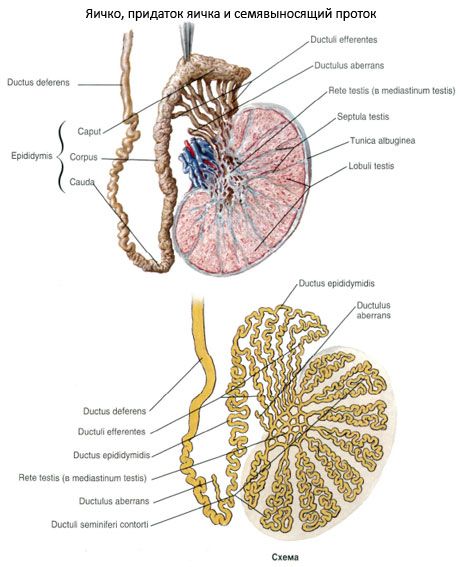
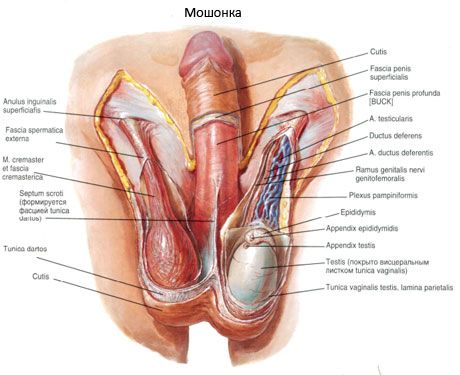
Spermatozoa and spermatogenesis
Male reproductive cells - spermatozoa - are mobile cells about 70 microns long. The spermatozoon has a nucleus, cytoplasm with organelles and a cell membrane. The spermatozoon has a round head and a thin long tail. The head contains a nucleus, in front of which is a structure called the acrosome.
Spermatozoa and spermatogenesis
Epididymis
The epididymis is located along the posterior edge of the testicle. There is a rounded, widened upper part - the head of the epididymis (caput epididymidis), which passes into the middle part - the body of the epididymis (corpus epididymidis). The body of the epididymis continues into a tapering lower part - the tail of the epididymis (cauda epididymidis).
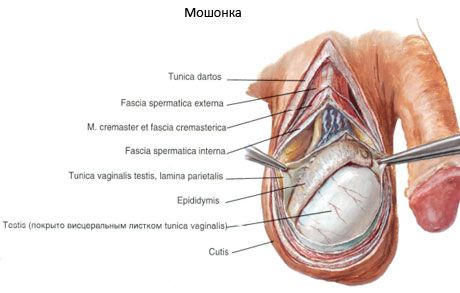
Vas deferens
The vas deferens is a paired organ, a direct continuation of the duct of the epididymis and ends at the point of confluence with the excretory duct of the seminal vesicle. The length of the vas deferens is about 50 cm, the diameter is about 3 mm, and the diameter of the lumen does not exceed 0.5 mm. The wall of the duct is significantly thick, so it does not collapse and is easily palpated as part of the spermatic cord.
Seminal vesicle
The seminal vesicle (vesicula, s.glandula seminalis) is a paired organ located in the pelvic cavity lateral to the ampulla of the vas deferens, above the prostate gland, behind and to the side of the bottom of the urinary bladder. The seminal vesicle is a secretory organ. Its glandular epithelium secretes a secretion containing substances necessary for the nutrition and activation of spermatozoa.
Prostate
The prostate gland (prostata, s.glandula prostatica) is an unpaired muscular-glandular organ. The gland secretes a secretion that is part of sperm. The secretion liquefies sperm, promotes sperm motility.
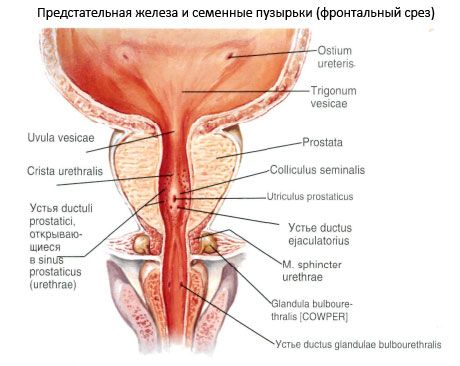
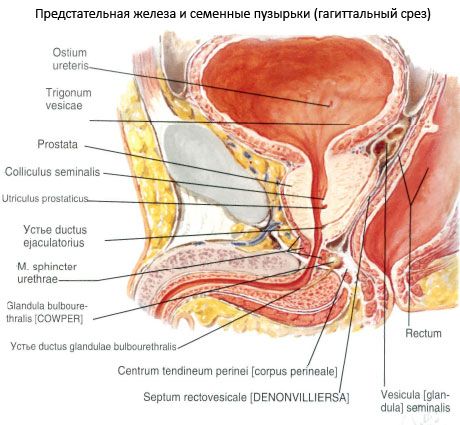
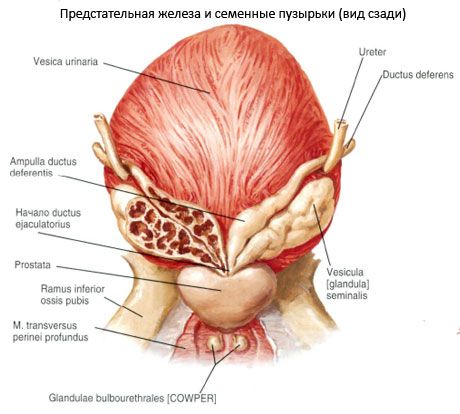
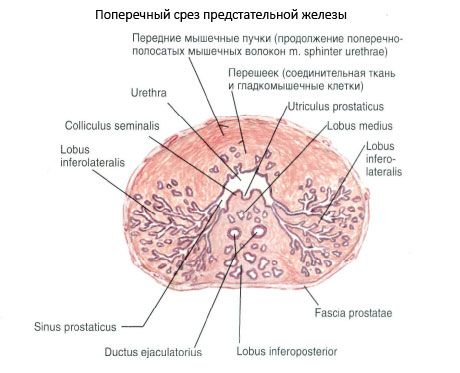
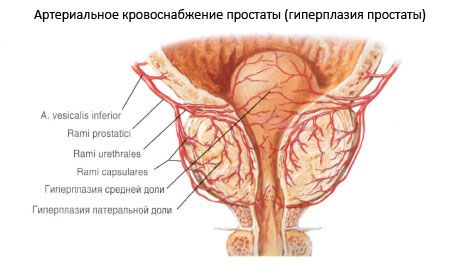
Bulbourethral glands
The bulbourethral gland (glandula bulbourethral, Cooper's gland) is a paired organ that secretes a viscous fluid that protects the mucous membrane of the wall of the male urethra from irritation by urine. The bulbourethral glands are located behind the membranous part of the male urethra, in the thickness of the deep transverse muscle of the perineum.
External male genitalia
The external male genitalia are represented by the penis and scrotum.
Penis
The penis serves to remove urine from the bladder and to eject semen into the female genital tract. The penis consists of a free anterior part - the body (corpus penis), which ends in the head (glans penis), which has a slit-like external opening of the male urethra (ostium urethrae externum) at its apex. The head of the penis has the widest part - the crown of the head (corona glandis) and a narrowed part - the neck of the head (collum glandis). The back part - the root of the penis (radix penis) is attached to the pubic bones. The upper-anterior surface of the body is called the back of the penis (dorsum penis).
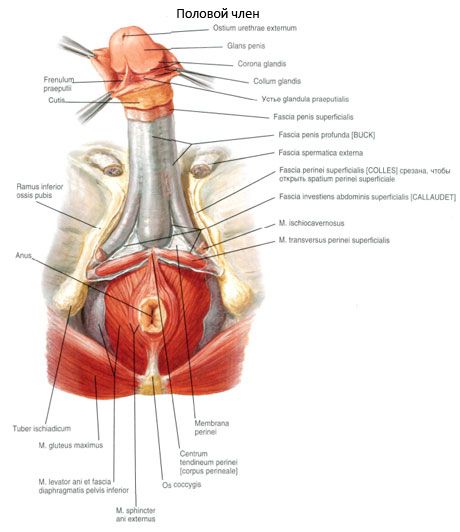
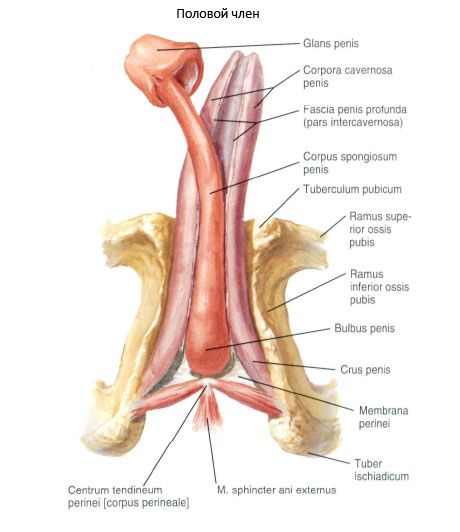
Scrotum
The scrotum is a protrusion of the anterior abdominal wall that has two separate chambers for the male sex glands. The scrotum is located below and behind the root of the penis. Inside the scrotum and in each of its chambers is a male sex gland.
Spermatic cord
The spermatic cord (funiculus spermaticus) is formed during the descent of the testicle. It is a round cord 15-20 cm long, extending from the deep inguinal ring to the upper end of the testicle. From the inguinal canal under the skin of the pubic region, the spermatic cord exits through the superficial inguinal ring. The spermatic cord includes the vas deferens, testicular artery, artery of the vas deferens, pampiniform (venous) plexus, lymphatic vessels of the testicle and its appendage, nerves, as well as traces (remnants) of the vaginal process in the form of a thin fibrous cord.
 [ 2 ]
[ 2 ]
Использованная литература

